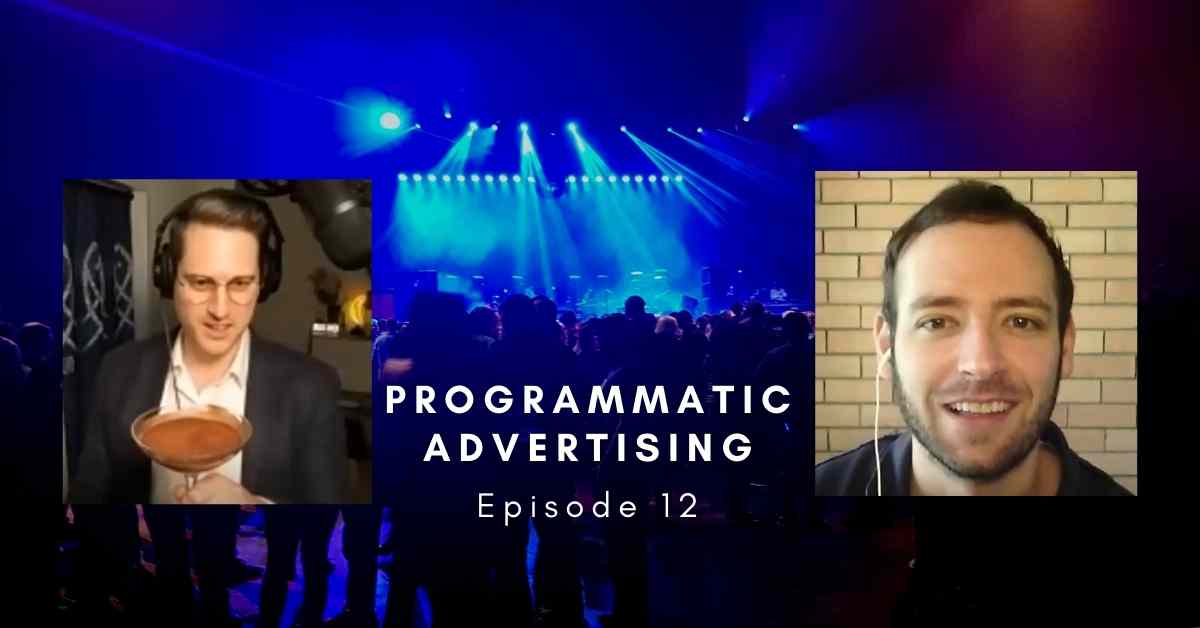
The Champagne Strategy Podcast – Episode 12 – Keaton Hulme Jones
1989 Views
Accurately mapping your marketing traffic allows you to more effectively spend your resources when tracking and converting consumers. Google Analytics attribution modeling provides a resource for determining the value of paid and unpaid marketing channels and following those channels through conversion. Some specific metrics include returns from paid searches, keyword conversion and direct traffic. Formerly a paid feature of Google Analytics Premium, attribution modeling has now been rolled out to all users who request access.
Overlapping traffic channels cause attribution issues that confuse the origin and conversion trigger of monitored traffic. By comparing channels with significant overlapping traffic, attribution modeling tells us which channel is the actual source of conversion. Google Analytics provides two basic tools for generating channel combination reports.
The time difference between first visit and conversion is known as lag time. When more than 20 percent of conversions have a lag time greater than one day, you may be looking at an attribution issue. Lag time is a first indicator of traffic misattribution, because the final channel through which conversion occurred is most likely not the channel that drove the conversion behavior.
When your report shows relatively little lag time between first visit and conversion, the points of origin and conversion are more closely aligned. Identifying channels with very little lag time helps you pinpoint which channels most efficiently convert consumers and which marketing generates the most immediate response. You can then make an informed decision about where to spend your resources and how closely to integrate your channels.
When conversions interact with more than three path lengths during the conversion process, misattribution tends to occur. Consumers who travel multiple paths dilute the efficiency of a single channel by spreading out their traffic. Placing too great an emphasis on the final conversion channel detracts from the significant influence of other channels on the decision-making process.
Isolated traffic paths indicate that consumers are responding to a single channel during the conversion process without referencing other traffic paths. Definite separation of conversion channels helps you identify which marketing efforts drive the most consistent response. You can then make an informed decision about where to direct your marketing efforts and which channels need to be emphasized.
At the end of the day, consumers never respond to only a single marketing channel. The danger lies in placing undue emphasis on a single channel that may not be the actual source of conversions.

